As wholesale hair vendors, your mission is not only to provide top-quality hair products but also to offer guidance and expertise to your customers. Understanding the unique needs of various hair types is at the core of delivering exceptional service and satisfaction. Hair, like people, comes in a myriad of types, each with its distinct characteristics and requirements. The ability to identify these differences is essential for tailoring your product offerings to meet the diverse needs of your clientele. Whether your customers seek voluminous curls, sleek straight locks, or anything in between, the journey begins with recognizing their specific hair type.
What is hair vendor? A hair vendor is a business or individual that specializes in selling hair-related products, particularly hair extensions and wigs. Hair vendors source, manufacture, or distribute various types of hair extensions, weaves, wigs, and related accessories to customers, which can include individuals looking to enhance their natural hair, hairstylists, salons, and other beauty professionals.
Hair Diameter: A Guide for Wholesale Hair Vendors
Understanding your hair density is a crucial aspect of identifying your unique hair type. Hair density refers to the number of individual hair strands on your scalp. It’s important to note that hair density is distinct from hair diameter, which pertains to the thickness of each individual strand. In other words, you can have thin hair with high density or thick hair with low density. To determine your hair density, you can perform a simple mirror test.
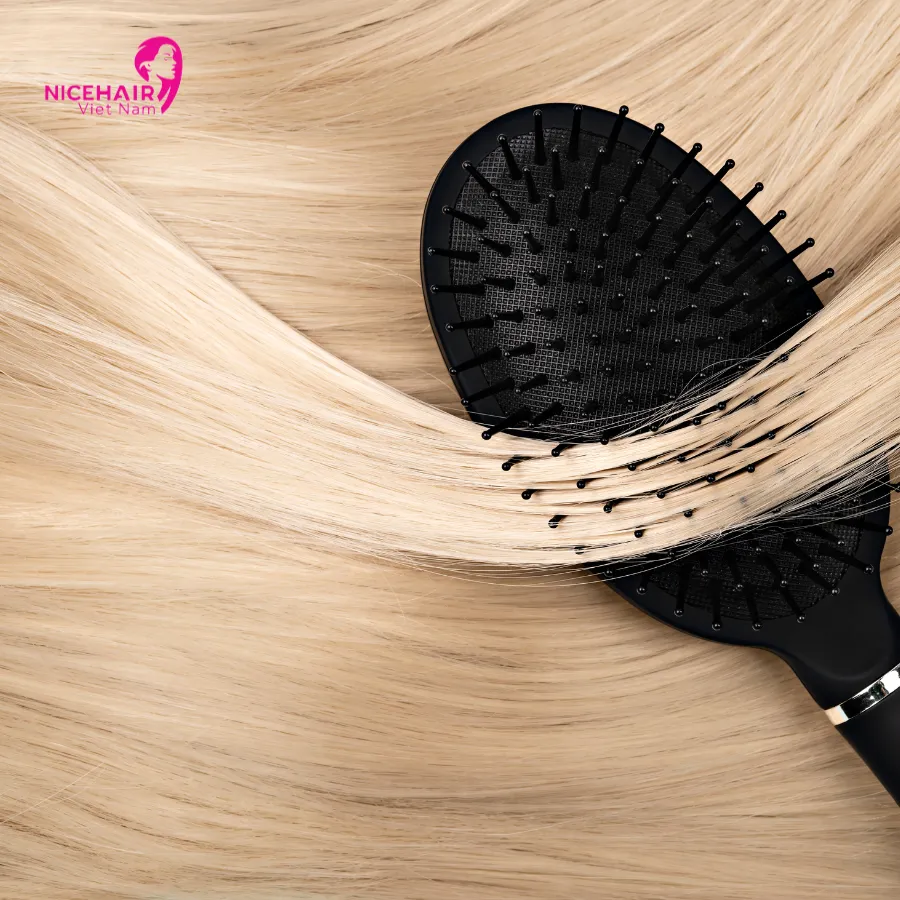
Thin density
Thin hair density, as indicated by the ease with which you can see your scalp when you part a substantial section of your hair, is a common characteristic that some individuals possess. This particular hair type is characterized by a lower number of individual hair strands distributed across the scalp. When you have thin density hair, it can often appear finer and more delicate compared to thicker hair types. Managing and caring for thin density hair may require a tailored approach to address its unique needs.
- Volume and thickness: Thin hair density often lacks the natural volume and thickness that thicker hair types exhibit. To enhance the appearance of fuller hair, individuals with thin density hair may choose to use volumizing shampoos and conditioners. These products are designed to add body and lift to the hair, creating a fuller look.
- Haircuts and styles: The right haircut can make a significant difference for those with thin hair density. Layered styles can create the illusion of more volume, as can shorter haircuts that reduce the weight of the hair. Working with a skilled hairstylist who understands the nuances of thin hair can be beneficial in achieving the desired look.
- Avoiding heavy products: Heavy styling products and excessive use of hair oils can weigh down thin density hair, making it appear even flatter. Opt for lightweight styling products that provide hold without compromising volume.
- Proper hair care: Gentle hair care practices are essential for thin density hair. Avoid excessive brushing, as it can lead to hair breakage. Use a wide-toothed comb to detangle hair and minimize damage. Also, consider using heat styling tools sparingly to prevent further damage to fragile strands.
- Scalp health: A healthy scalp is the foundation for healthy hair. Pay attention to your scalp’s condition by using a mild, sulfate-free shampoo to avoid drying out your scalp. Regular scalp massages can also help stimulate blood flow, promoting hair growth.
- Hair extensions: For those seeking a temporary solution, hair extensions can be a great way to add volume and length to thin density hair. High-quality extensions, when applied by a professional, can provide a natural-looking boost to your hair’s appearance.
Medium density
When you conduct the mirror test and notice that you can partially see your scalp through your hair, you fall into the category of medium hair density. Your hair strands are distributed moderately across your scalp. Medium-density hair is often considered versatile, as it strikes a balance between thin and thick hair, making it relatively easy to manage and style.
Thick density
Thick hair density is characterized by the fact that you can hardly see your scalp when you pull a section of your hair aside during the mirror test. This indicates that your hair strands are densely packed on your scalp. Thick hair is typically robust, can hold styles well, and may appear coarser due to the abundant strands. Managing and styling thick hair may require different techniques and products compared to thinner hair types.
Understanding your hair density is essential as it influences your hairstyle choices, product selection, and overall hair care routine. People with thin hair density may opt for products that add volume and thickness, while those with thick hair density may focus on products that control frizz and maintain manageability. Medium hair density individuals have the advantage of experimenting with various styles without facing extreme challenges related to thickness or sparseness.
Managing Hair Diameter: Tips for Wholesale Hair Vendors
Understanding the diameter of your hair strands is a fundamental aspect of determining your specific hair type. Unlike some other characteristics, such as density or curl pattern, hair diameter provides an accurate and precise measure of your hair’s thickness. In this segment, we will dissect the concept of hair diameter, explore how to conduct a strand test, and shed light on the implications of having thin, medium, or thick hair.
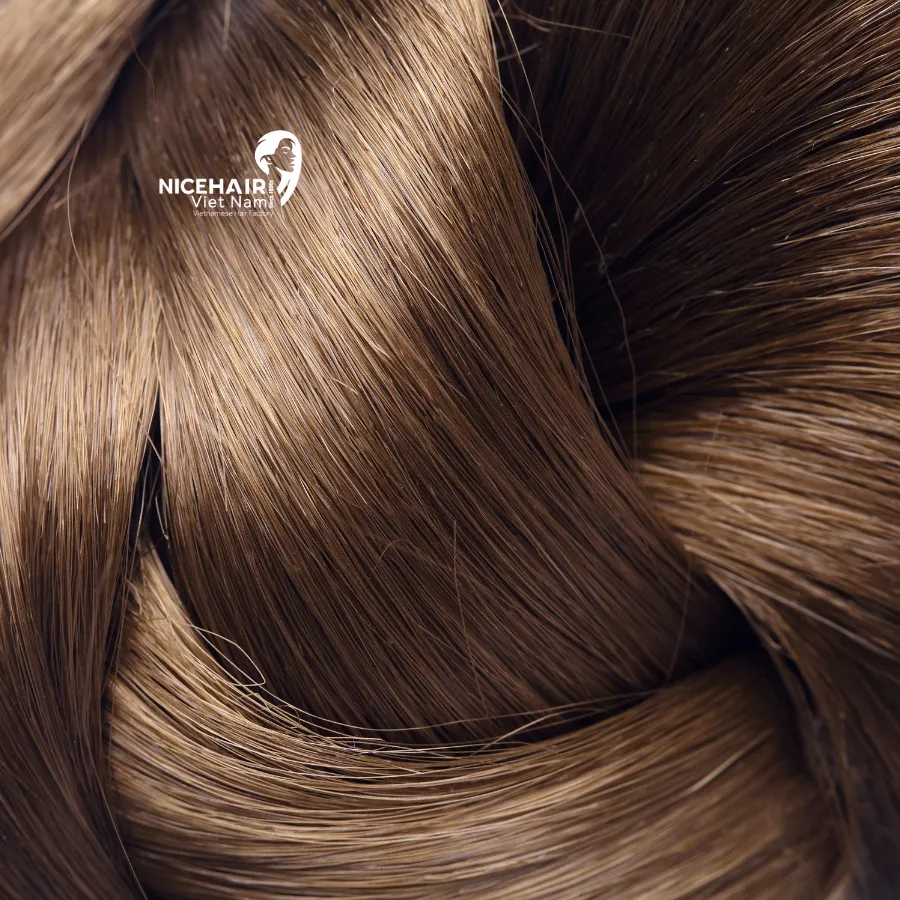
Measuring Hair Diameter for Wholesale Hair Vendors
The diameter of your hair, often referred to as hair thickness pertains to the width of an individual hair strand. It is a pivotal factor that significantly influences the appearance and behavior of your hair. To ascertain your hair’s diameter accurately, you can perform a straightforward and illuminating test known as the strand test.
Thin Hair
When you gently hold a single strand of your hair between your thumb and index fingers, and you can barely discern the strand’s presence, you are likely dealing with thin hair. In some instances, thin hair strands are so fine that they might appear almost invisible. Thin hair is characterized by its delicate nature, and individuals with this hair type often face challenges related to volume and styling.
Medium Hair
If, during the strand test, you can perceive the presence of the hair strand but it doesn’t feel overly fine or excessively coarse, your hair is classified as medium. Medium hair represents a balanced thickness, offering versatility when it comes to styling and product selection.
Thick Hair
Thick hair is easily distinguishable during the strand test. When you hold a strand between your fingers, you can distinctly feel its presence. Thick hair strands tend to be robust and are associated with volume and fullness. Managing and styling thick hair may require specific approaches due to its abundance. Another method to gauge your hair’s thickness involves comparing it to a sewing thread. By placing a hair strand alongside the thread, you can further refine your understanding of your hair’s diameter.
Coarse or Thick Hair
When the width of your hair strand aligns with or surpasses the thickness of the thread, you can identify your hair as coarse or thick. Coarse hair is renowned for its resilience and durability, making it somewhat resistant to specific styling techniques. Nevertheless, it embraces a natural abundance of volume, which can be a significant asset for certain hairstyles and looks.
Medium Hair
If the width of your hair strand closely matches that of the thread, you possess medium hair. Medium hair is exceptionally versatile and offers a flexible foundation for a wide range of styles. It tends to strike a harmonious balance between the extremes of thin and thick hair types, making it relatively easy to manage and style to your liking.
Thin or Limp Hair
When your hair strand noticeably lacks thickness compared to the thread, you can classify your hair as fine or limp. This particular hair type is often characterized by its scarcity of volume and may benefit from specialized products and styling methods to enhance fullness and texture.
Porosity for Wholesale Hair Vendors
Porosity is a critical characteristic that defines your hair’s ability to absorb and retain moisture. It plays a pivotal role in determining the overall health and appearance of your hair. This segment delves into the concept of hair porosity, how to test it, and the implications of having high, medium, or low porosity hair.
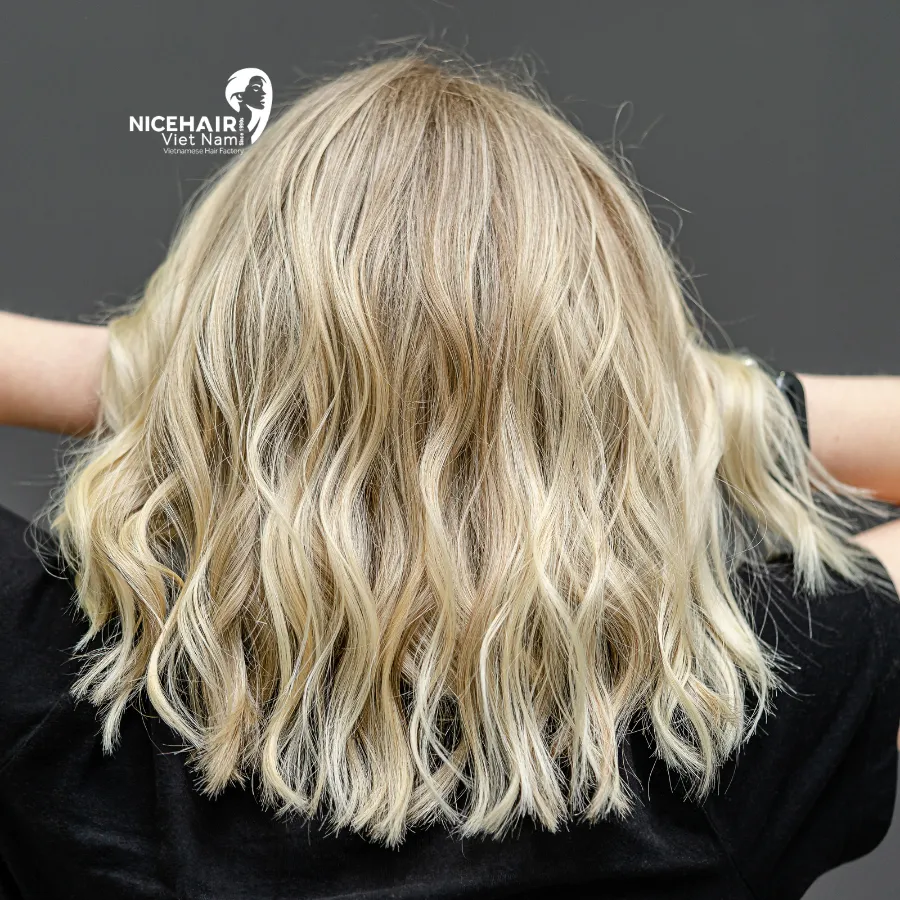
Measuring hair porosity for Wholesale Hair Vendors
Assessing your hair’s porosity level is a fundamental step in tailoring your hair care routine to its specific needs. The water test provides a straightforward and reliable means to determine your hair’s porosity, enabling you to select the most suitable products and treatments for optimal results.
- High porosity: When you immerse a single hair strand into a cup of water, and it swiftly descends to the bottom, your hair exhibits high porosity. This characteristic signifies that your hair has a remarkable capacity for absorbing both moisture and hair products. While high porosity hair readily takes in these substances, it is more susceptible to damage. As a result, high porosity hair often appears frizzy and feels coarse. Furthermore, it tends to lose moisture quickly after washing due to its heightened absorption rate. This condition is frequently a consequence of frequent exposure to chemical-laden products or treatments. Effectively managing highly porous hair entails a continuous focus on hydration.
- Medium or normal porosity: In the water test, if your hair strand remains suspended between the water’s surface and the bottom of the container, your hair falls into the category of medium or normal porosity. Medium porosity hair maintains a balanced moisture absorption capability. After washing, it retains an appropriate level of dampness without feeling overly sticky. Hair with normal porosity is generally less prone to damage, requiring relatively less maintenance, and offering versatility in styling options.
- Low porosity: Should your hair strand remain buoyant on the water’s surface, you possess low porosity hair. This indicates that your hair takes an extended time to dry, primarily due to cuticles with fewer pores, which hinder efficient water absorption. Consequently, water tends to linger on the cuticle’s surface, and hair products may not penetrate effectively, instead resting atop the hair. After washing, low porosity hair maintains a wet feeling for prolonged periods and can feel somewhat adhesive. This hair type can pose challenges in terms of hydration and necessitates specialized care.
High porosity
When you submerge a single hair strand in a cup of water, and it quickly sinks to the bottom, your hair exhibits high porosity. High porosity hair possesses a heightened ability to absorb moisture and products. However, this can come at a cost, as it is more susceptible to damage. High porosity hair often appears frizzy and feels rough. Additionally, it tends to dry out rapidly after washing due to its high capacity for moisture absorption. This condition typically arises from frequent exposure to chemical-laden products or treatments. Managing highly porous hair can be a challenge as it requires continuous hydration.
Medium or normal porosity
In the water test, if your hair strand hovers between the water’s surface and the bottom of the container, you have medium or normal porosity hair. This hair type strikes a balanced equilibrium in terms of moisture absorption. After washing, it feels appropriately damp but not overly sticky. Hair with normal porosity requires relatively less maintenance and can easily maintain various hairstyles. It is also less prone to damage, offering a versatile foundation for styling.
Low porosity
If your hair strand remains afloat on the water’s surface, you possess low porosity hair. This indicates that your hair takes an extended time to dry. Low porosity hair is characterized by cuticles with fewer pores, restricting its capacity to absorb water effectively. As a result, water tends to accumulate on the surface of the cuticle, and hair products often rest on top of the hair rather than being absorbed. After washing, low porosity hair retains its wetness for extended periods and may feel somewhat sticky. This hair type can be more challenging to hydrate and requires specialized care.
Implications of hair porosity
Understanding your hair’s porosity level is paramount as it directly influences your hair care regimen and product selection. Here are some key takeaways based on your porosity type:
- High porosity: Those with high porosity hair should opt for hydrating and moisturizing products. Using products that seal the cuticle and protect the hair from further damage is essential. Avoiding excessive use of heat styling tools and chemical treatments is also advisable.
- Medium or normal porosity: Hair with medium porosity typically thrives with a balanced hair care routine. You can experiment with various products and styles without major concerns about excessive moisture loss or damage.
- Low porosity: Individuals with low porosity hair should focus on techniques that help open the hair cuticle to allow moisture absorption. This may involve using heat during deep conditioning treatments or choosing lighter hair care products that can penetrate the cuticle more effectively.
Managing Hair Greasiness: Tips for Wholesale Hair Vendors
Determining the level of greasiness in your hair is a crucial step in establishing an effective hair care regimen. Knowing your hair’s greasiness not only helps you decide how often to wash it but also enables you to select the right products for your specific needs, such as clarifying shampoos and conditioners that can address residue buildup, a common concern with oily hair. In this segment, we explore methods for assessing hair greasiness and the implications of having oily, normal, dry, or combination hair.
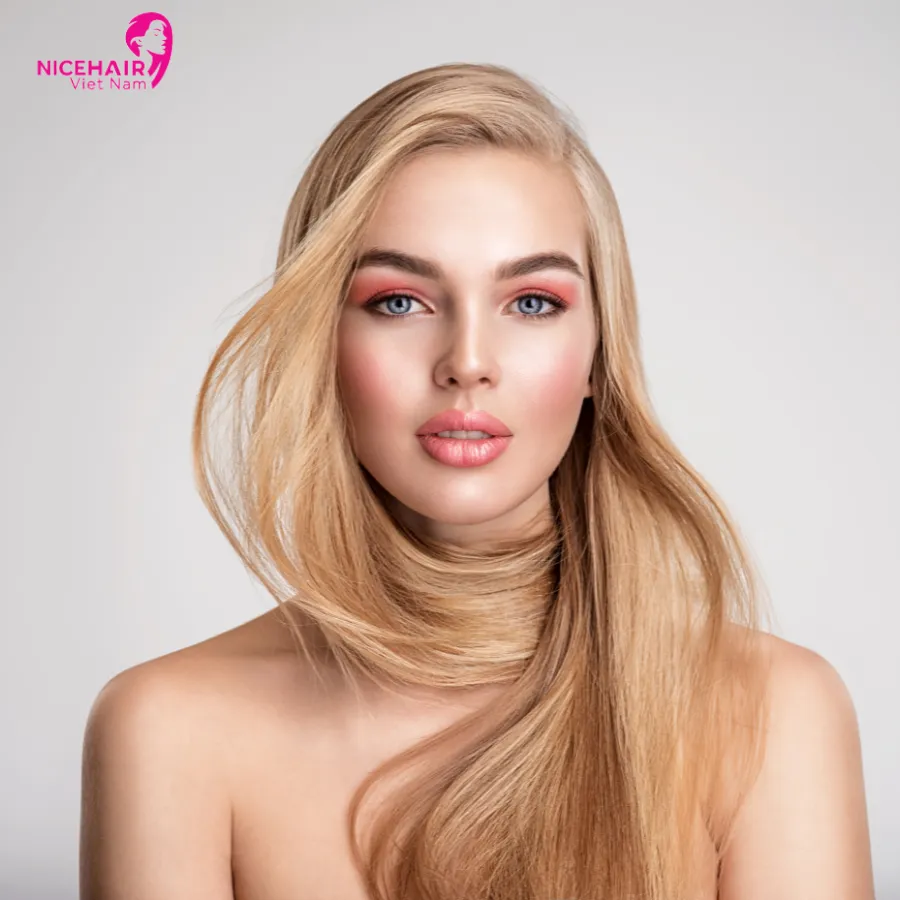
Measuring hair greasiness for Wholesale Hair Vendors
Understanding the greasiness of your hair empowers you to tailor your hair care routine for optimal results. The tissue test is a straightforward and practical method to gauge your hair’s greasiness, providing guidance on washing frequency and product selection.
Oily hair
To assess your hair’s greasiness, start by washing your hair thoroughly before bedtime and allowing it to air dry overnight. Upon waking, perform a patch test on your scalp. Gently press a tissue against specific areas, especially near the crown of your head and behind your ears. The tissue’s condition will reveal the level of oiliness.
Heavily greasy patch
If the tissue exhibits a heavily greasy patch, you have oily hair and scalp. This indicates that you should wash your hair 4 to 5 times a week to manage excessive oiliness and maintain a fresh appearance.
Normal hair
If the tissue reveals only minimal evidence of oil, you have a normal scalp. In this case, washing your hair 1 to 2 times a week is typically sufficient to maintain cleanliness and manage oil levels.
Dry hair
In instances where the tissue shows no signs of oil deposition, it suggests your hair lacks hydration. This condition requires specialized care, including the use of products designed to add and retain moisture in your locks.
Combination hair
- Customized care: Recognizing the dual nature of combination hair is essential for its proper care. Construct a hair care routine that caters to the distinct needs of both the oily and normal/dry sections.
- Targeted products: Choose hair care products that can effectively meet the specific demands of each hair type within your combination hair. For the oilier zones, opt for clarifying shampoos and conditioners to manage excess oil and residue. In contrast, for the normal or dry sections, use products designed to provide hydration and combat dryness and frizz.
- Zonal washing: Consider a zonal washing approach to ensure that each area of your scalp receives the appropriate care. Focus on thorough cleansing in the oilier regions while using gentler products in the normal or dry sections to avoid over-stripping natural oils.
- Balanced washing frequency: Balance the frequency of washing between the oily and normal/dry sections. While the oilier areas may require more frequent washing (4 to 5 times a week), the normal or dry sections may benefit from a more moderate washing routine (1 to 2 times a week).
- Conditioner application: Be mindful of where you apply conditioner. Concentrate conditioner application on the dry or normal sections while avoiding the scalp in oilier areas to prevent added greasiness.
- Hydration for dry areas: To combat dryness in specific sections, use leave-in conditioners, hair masks, or oils that focus on moisturizing and restoring vitality to the hair.
- Professional advice: Consider consulting a professional stylist or dermatologist for personalized recommendations and product selections tailored to your combination hair type.
Hair Elasticity for Wholesale Hair Vendors
Hair elasticity is a crucial characteristic that assesses a single hair strand’s ability to stretch before returning to its original state. It serves as a robust indicator of overall hair health, directly impacting its appearance and strength. Hair boasting high elasticity exhibits a glossy shine, lively bounce, and is often considered the most resilient among all hair types.
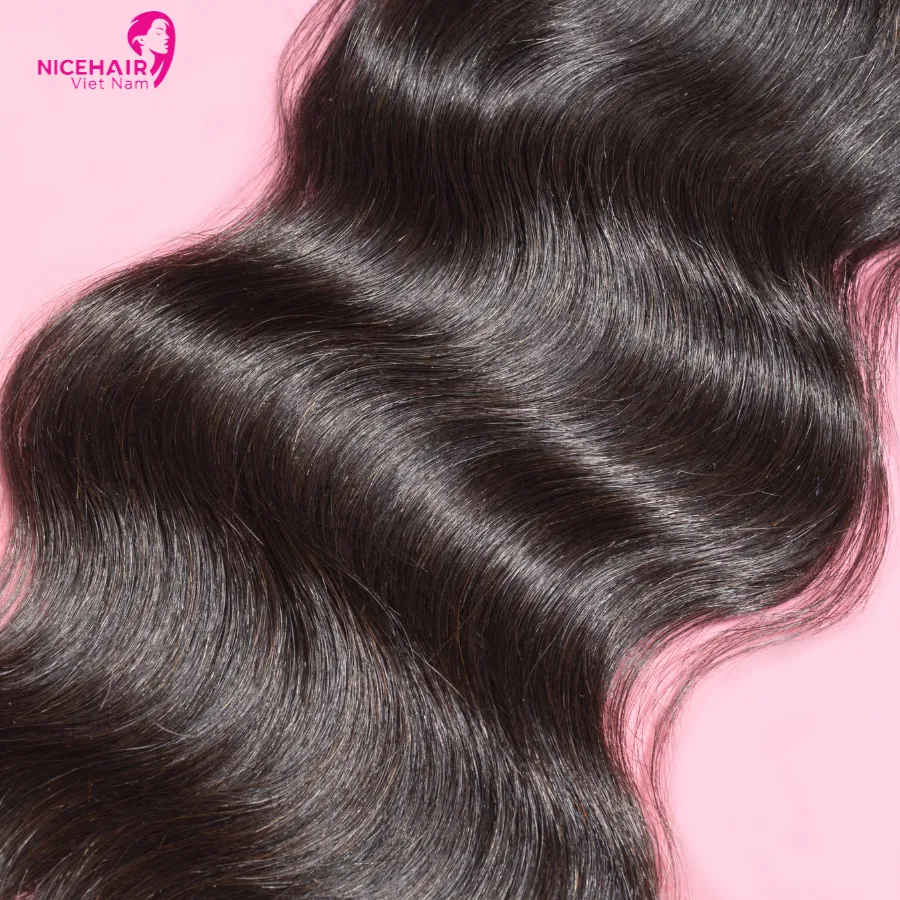
Measuring Hair Elasticity for Wholesale Hair Vendors
Understanding your hair’s elasticity plays a pivotal role in evaluating its overall well-being and vitality. Employing a simple test can help you gauge your hair’s elasticity accurately.
- Select a Damp Strand: Initiate the process by carefully choosing a strand of wet hair. Hair in a moist state is at its peak flexibility, making it ideal for this evaluation.
- Stretch and Observe: With the wet hair strand in hand, gently begin stretching it to its maximum length. As you do so, pay meticulous attention to the extent of elongation it can achieve before reaching the breaking point.
Evaluating your hair’s elasticity in this manner provides valuable insights into its strength, resilience, and overall condition, aiding you in crafting a tailored care routine to maintain its health and vibrancy.
Understanding Hair Elasticity for Wholesale Hair Vendors
- High elasticity: When a hair strand exhibits significant stretching capacity before breaking, it signifies high elasticity. This is indicative of robust and resilient hair. Highly elastic hair can extend up to 50% of its original length when wet before reaching its breaking point. It’s noteworthy that coarse hair often falls into this category.
- Medium elasticity: Hair possessing medium elasticity stretches to some degree before breaking. This falls under the most common elasticity type encountered among individuals. To enhance and preserve the health of hair with medium elasticity, consider incorporating natural hair masks and nourishing hair oils into your routine.
- Low elasticity: Hair that fractures almost instantly after being stretched demonstrates low elasticity. This hair type tends to appear lifeless and brittle, necessitating specialized care and attention. The use of hair products containing harsh chemicals can contribute to diminished hair elasticity, underscoring the importance of selecting shampoos and conditioners that fortify the hair cuticles.
Concluding Insights for Wholesale Hair Vendors
In the ever-evolving world of hair care, knowledge is key. Armed with a deeper understanding of hair types, both consumers and wholesale hair vendors can navigate the vast array of products and treatments available, resulting in healthier, more beautiful hair for all. Hopefully the above article helps you better understand how to determine your hair type. If you are interested, please visit the NICE HAIR Website for more details.

